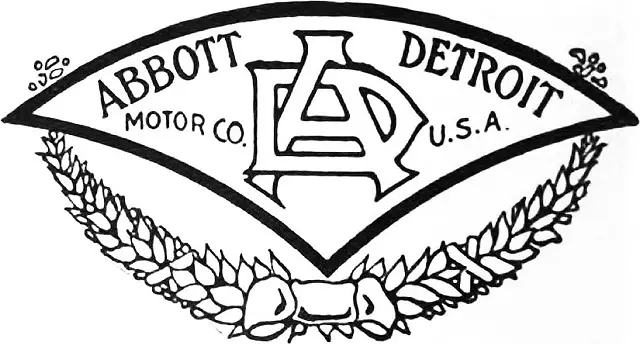The early 20th century was a golden age for the automobile industry, with numerous car companies emerging and competing to shape the future of transportation. Among these pioneering companies was Abbott Detroit, a name that, while not as renowned today as Ford or General Motors, played a significant role in the early automotive landscape. This article delves into the history, innovations, and legacy of Abbott Detroit, offering a comprehensive look at this intriguing car company.
1. History of Abbott Detroit
Founding and Early Years:
The Abbott-Detroit was an American luxury automobile manufactured between 1909 and 1919. It was designed by John G. Utz, designer of the Chalmers, who had previously worked for Olds Motor Works and the Autocar Company. Considered powerful and well-designed, the Abbott sported a Continental engine. The cars were guaranteed for life by 1913, when electric lighting and starting had been standardized.
Abbott Detroit was founded in 1909 by Charles G. Abbott in Detroit, Michigan. The company quickly made a name for itself with its focus on luxury and quality, producing vehicles that appealed to the upper echelons of society.
Key Milestones:
First Model: In 1909, the company introduced its first model, the Model A, which featured a 30-horsepower engine and advanced engineering for its time.
Expansion: By 1911, Abbott Detroit had expanded its lineup to include several models, each offering increasingly powerful engines and luxurious features.
2. Innovations and Contributions
Abbott Detroit was known for its commitment to quality and innovation. Some of the notable contributions include:
Luxury Focus: Unlike many competitors focusing on mass production, Abbott Detroit aimed at the luxury market, ensuring that each vehicle was crafted with precision and attention to detail.
Engineering Excellence: The company was known for its robust engineering, incorporating advanced technologies such as water-cooled engines and refined chassis designs that provided a smoother ride.
3. Global Impact and Market Presence
Market Share:
While Abbott Detroit never reached the production volumes of giants like Ford, it carved out a significant niche in the luxury car market. Its vehicles were sought after by those who could afford the best and wanted something unique.
Regional Dominance:
Abbott Detroit primarily dominated the American luxury car market, particularly in urban areas where affluent customers resided. The brand was also recognized internationally, with some models being exported to Europe and other parts of the world.
4. Recent Developments and Future Outlook
Demise and Legacy:
Despite its initial success, Abbott Detroit faced financial difficulties due to the economic pressures of World War I and the Great Depression. By 1918, the company ceased production, and its assets were sold off. However, the legacy of Abbott Detroit lives on in the classic car community, where its vehicles are prized for their craftsmanship and historical significance.
5. Notable Models and Series
Abbott-Detroit Model A:
Features: Introduced in 1909, this model featured a 30-horsepower engine, advanced suspension, and luxurious interiors.
Legacy: The Model A set the standard for Abbott Detroit’s commitment to luxury and performance.
Abbott-Detroit 44:
Features: Launched in 1911, this model boasted a 44-horsepower engine, making it one of the more powerful cars of its time.
Legacy: The 44 solidified Abbott Detroit’s reputation as a producer of high-performance luxury vehicles.
6. Challenges and Controversies
Financial Struggles:
Economic Pressures: The economic impact of World War I and the subsequent recession hit luxury car manufacturers hard, including Abbott Detroit.
Competition: The rise of mass production techniques by competitors like Ford made it difficult for luxury-focused companies to compete on price and volume.
Abbott Detroit may not be a household name today, but its contributions to the early automotive industry are undeniable. The company’s focus on luxury and quality set it apart from many of its contemporaries, and its vehicles remain a testament to the craftsmanship of the early 20th century. While Abbott Detroit’s journey was cut short, its legacy continues to be celebrated by classic car enthusiasts and historians alike.
Call to Action
We hope you enjoyed this deep dive into the history of Abbott Detroit. Share your thoughts and any experiences you might have with classic cars in the comments below. For more fascinating stories about the pioneers of the automotive industry, be sure to follow our blog, carsymbols.com.
